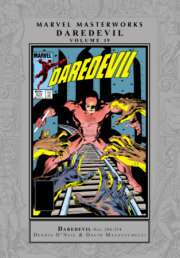Steve Englehart’s history-making contributions to the Marvel Universe began with the Beast’s solo feature in Amazing Adventures, in which the eloquent X-Man first assumed furry form. As Avengers writer, he masterminded such major events as “The Avengers/Defenders War” (in both teams’ titles) and “The Celestial Madonna Saga.” In Captain America, he identified and solved the “mystery” of the 1950s Captain America (later revived by Ed Brubaker), and gave the true Cap the alternate identity of Nomad. Englehart’s Dr. Strange storyline in Marvel Premiere established the character as Sorcerer Supreme and covered the creation of the universe itself. At DC, he helped revamp Batman, Green Lantern, Superman and other major heroes for the 1970s. Back at Marvel, he wrote the first few years of West Coast Avengers and Silver Surfer. His published novels include Countdown to Flight, Hellstorm (part of the TALON Force series), Majorca, The Point Man and, with wife Terry Beach, books in the DNAgers young-adult series. Englehart has also written TV episodes and designed video games.
Gerry Conway wrote Daredevil, Incredible Hulk, Iron Man and others. He was instrumental in Marvel’s 1970s horror boom with work on Man-Thing, Tomb of Dracula and Werewolf by Night. His years on Amazing Spider-Man yielded such historic highlights as the groundbreaking death of Gwen Stacy and the debut of the Punisher. He also wrote DC’s Batman, Superman, Wonder Woman and Legion of Super-Heroes. For TV, he has written and produced episodes of Diagnosis: Murder, Hercules: The Legendary Journeys, Huntress and Matlock.
Steve Gerber (1947-2008) first came to attention writing Defenders, in which he gave the non-team a non-traditional outlook equaled by few. In Adventure of Fear, he introduced Howard the Duck. Gerber’s other 1970s contributions included scripts for Iron Man, Sub-Mariner and more. Elsewhere, he is equally well-remembered for DC’s Phantom Zone, Eclipse’s Destroyer Duck and others.
After a start as inker to his older brother John, Sal Buscema penciled Captain America, Defenders, Incredible Hulk and more. Famed for his ability to meet tight deadlines, he spread his talents across multiple genres. His 1970s work ranged from Ms. Marvel and Nova to Sub-Mariner and Spider-Woman’s first appearance in Marvel Spotlight. He was the uninterrupted artist on Spectacular Spider-Man for more than one hundred issues and penciled the web-slinger’s adventures in Marvel Team-Up, in which he and writer Bill Mantlo introduced Captain Jean DeWolff. After handling more team-ups in the Thing’s Marvel Two-in-One, he reunited with brother John on Steve Englehart’s Fantastic Four. He later provided inks for Tom DeFalco’s Spider-Girl titles and Thunderstrike miniseries.
After over three decades of writing and drawing the Johnny Hazard comic strip, which he created in 1944, Frank Robbins (1917-1994) co-created Invaders with Roy Thomas, marking Marvel’s first major revival of Golden Age super heroes. His distinctive art style subsequently graced Captain America, Ghost Rider, and the licensed properties Human Fly and Man from Atlantis. Following a stint as writer on DC Comics’ Superman’s Girl Friend Lois Lane, he collaborated with artists Neal Adams and Irv Novick on runs of Batman and Detective Comics, respectively; his work is credited as instrumental in returning the Darknight Detective to his gothic/noir roots.
John Romita was born in 1930 and drew for Atlas Era Marvel Comics across many genres. By the time Stan Lee, Jack Kirby and Steve Ditko were defining the look and feel of the Marvel Age of Comics during the 1960s, Romita had made the move to DC Comics, where he was working exclusively behind the boards of the company’s many romance comics. It wasn’t until 1966 that he returned to Marvel Comics and the super-hero genre, drawing Daredevil before taking over from Ditko on what was fast becoming Marvel’s most important book, Amazing Spider-Man. Romita’s slick, clean craftsmanship would be a hallmark of his tenure, and his years of drawing beautiful women in DC’s romance books paid off with iconic renderings of Gwen Stacy, Mary Jane Watson and the other women in Peter Parker’s life.





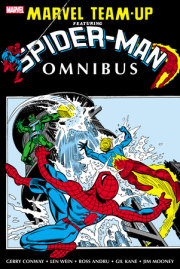















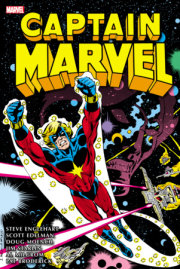






![Tomb Of Dracula Omnibus Vol. 1 Neal Adams Cover [New Printing 2]](https://images.penguinrandomhouse.com/cover/9781302965037?width=180)

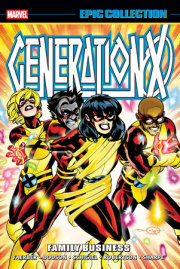




![Iron Man: Demon In A Bottle [New Printing 2]](https://images.penguinrandomhouse.com/cover/9781302961817?width=180)
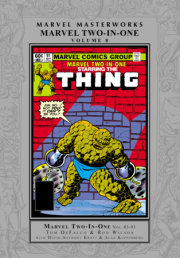



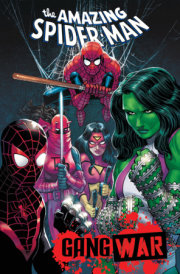







![Original Sin [New Printing]](https://images.penguinrandomhouse.com/cover/9781302966249?width=180)

![X-Factor By Peter David Omnibus Vol. 1 Larry Stroman Cover [New Printing]](https://images.penguinrandomhouse.com/cover/9781302963705?width=180)
![Avengers West Coast Epic Collection: Vision Quest [New Printing]](https://images.penguinrandomhouse.com/cover/9781302963910?width=180)
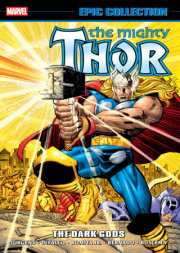


![Wolverine Goes To Hell Omnibus Jae Lee Cover [New Printing]](https://images.penguinrandomhouse.com/cover/9781302961381?width=180)









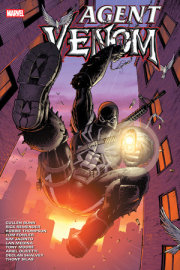













![Marvel Masterworks: The Silver Surfer Vol. 1 [Remasterworks]](https://images.penguinrandomhouse.com/cover/9781302956042?width=180)
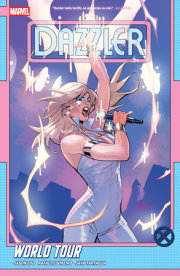

![X-Men: Age Of Apocalypse Vol. 2 - Reign [New Printing]](https://images.penguinrandomhouse.com/cover/9781302963958?width=180)



